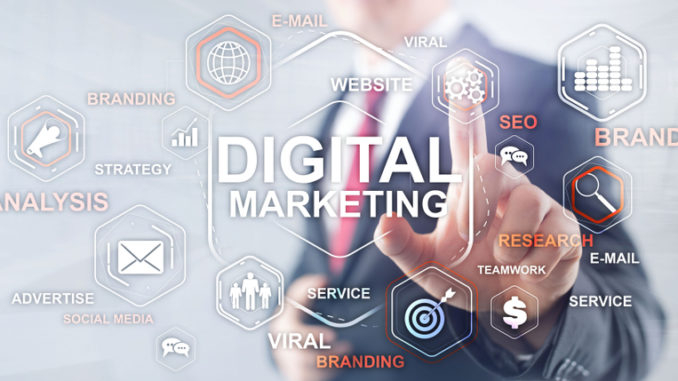
The world of marketing has changed drastically over the last 10 years, with the approach that businesses adopt in 2020 unrecognisable to that in 2010. Technology has advanced quicker than at any other point in history and, not only that, the search industry has come along in leaps and bounds with many businesses now acknowledging the value of investing in an SEO strategy.
You don’t have to look far at all to see how much Google has changed alone in the last decade, with features such as updates aplenty affecting the way in which internet users find the answers to the questions they ask. Not only that, social media, which was still in its infancy at the beginning of the 2010s, dominates digital strategies with all the world’s most recognisable brands engaging with customers on channels such as Facebook, Twitter and Instagram.
The question is, with the world around us changing and adapting every year, what is your business doing different now to what it was 10 years ago? Perhaps your business has only come about due to the opportunities now made possible due to the ever-evolving digital world (such as streamers and so-called social influencers).
The Role of Twitter
Twitter has only recently hit its teenage years, having only been founded in March of 2006, but for many businesses they simply couldn’t imagine a world in which the brand and customer doesn’t have such direct interaction. Needless to say, some businesses are better than others and the rise of Twitter, along with other social channels, has seen businesses invest in digital departments, employing members of staff to manage their social feeds on a full-time basis.
At the beginning of the decade, when Twitter had ‘just’ 30 million active users (compared to the 330 million at the beginning of 2019), many businesses either weren’t on the platform or didn’t take it as seriously as they should. Now, each and every post is carefully crafted, often created by teams of PR professionals (especially during times of crisis management).
Is Traditional Marketing and PR Dead?
Many marketing professionals have been arguing the case that traditional marketing and PR methods are dead and that digital forms of the practice have now completely taken over. Many others argue that instead of traditional methods dying out with digital reining supreme, the two can – and often do – complement each other. The reason is simple; not all demographics exclusively subscribe to one form of media. In reality, everyone sees both (even if it is just a board on the underground).
This is why businesses, especially large, global companies, work traditional print and digital campaigns cohesively to raise as much awareness, garnering maximum exposure, as possible. Yes, it is not secrete that, done right, digital campaign can be significantly cheaper and provide more of a measurable ROI, but there is a reason why all of your favourite brands are still taking out adverts on billboards in congested city centres.
Local Advertising
Small businesses that cater to the local community rely on reaching out to customers in their vicinity rather than throwing the net as far and wide as possible. Digital channels such as Google Ads and even Facebook make it easy for businesses to target local potential customers. Organic SEO also plays a big role here, mainly by targeting localised key phrases that not only are more likely to be searched by the correct audience but helps to level the playing field against larger companies with bigger marketing budgets.
For small businesses, this low-cost means of advertising is a means of marketing that helps to get their name out and interact with the local community in a way that an advert in a newspaper never could. This generates almost an online word of mouth effect that is invaluable to small, local businesses.
